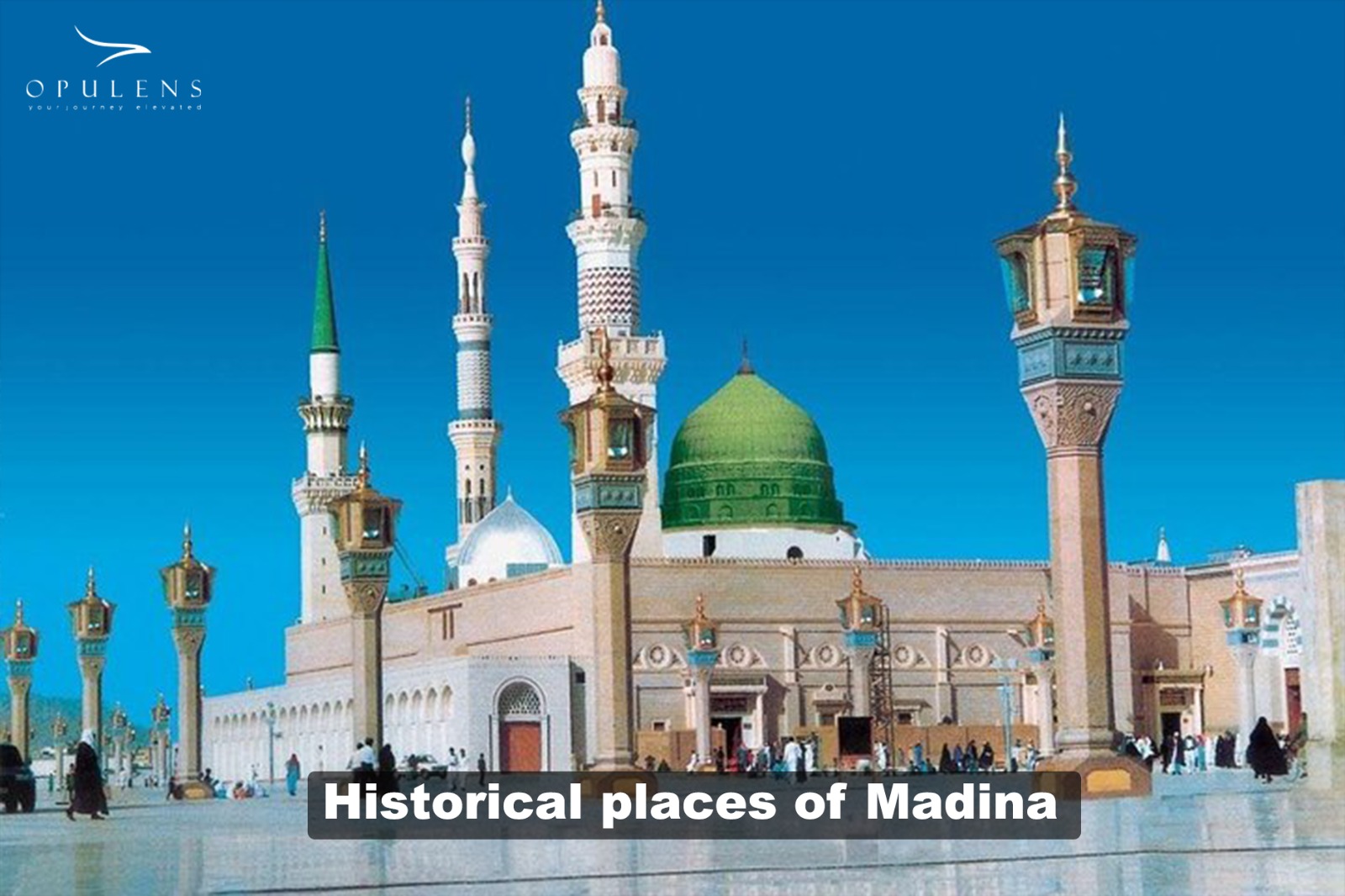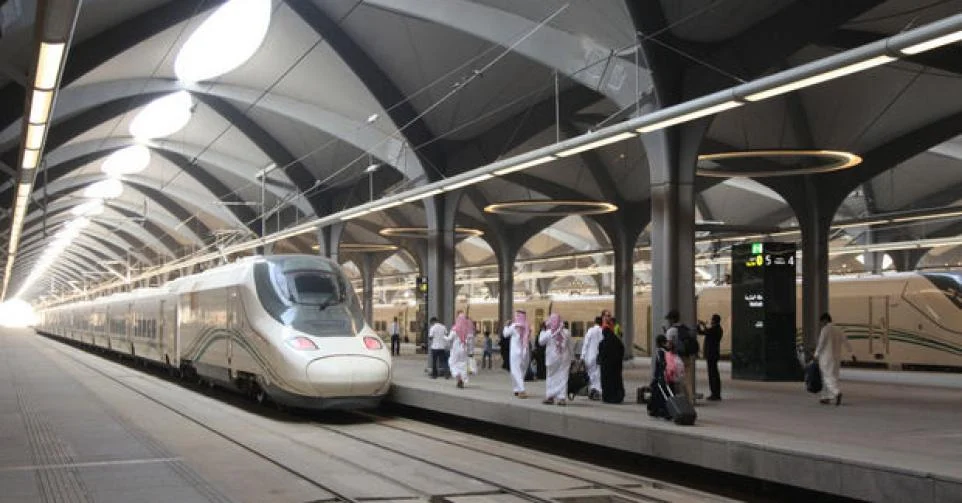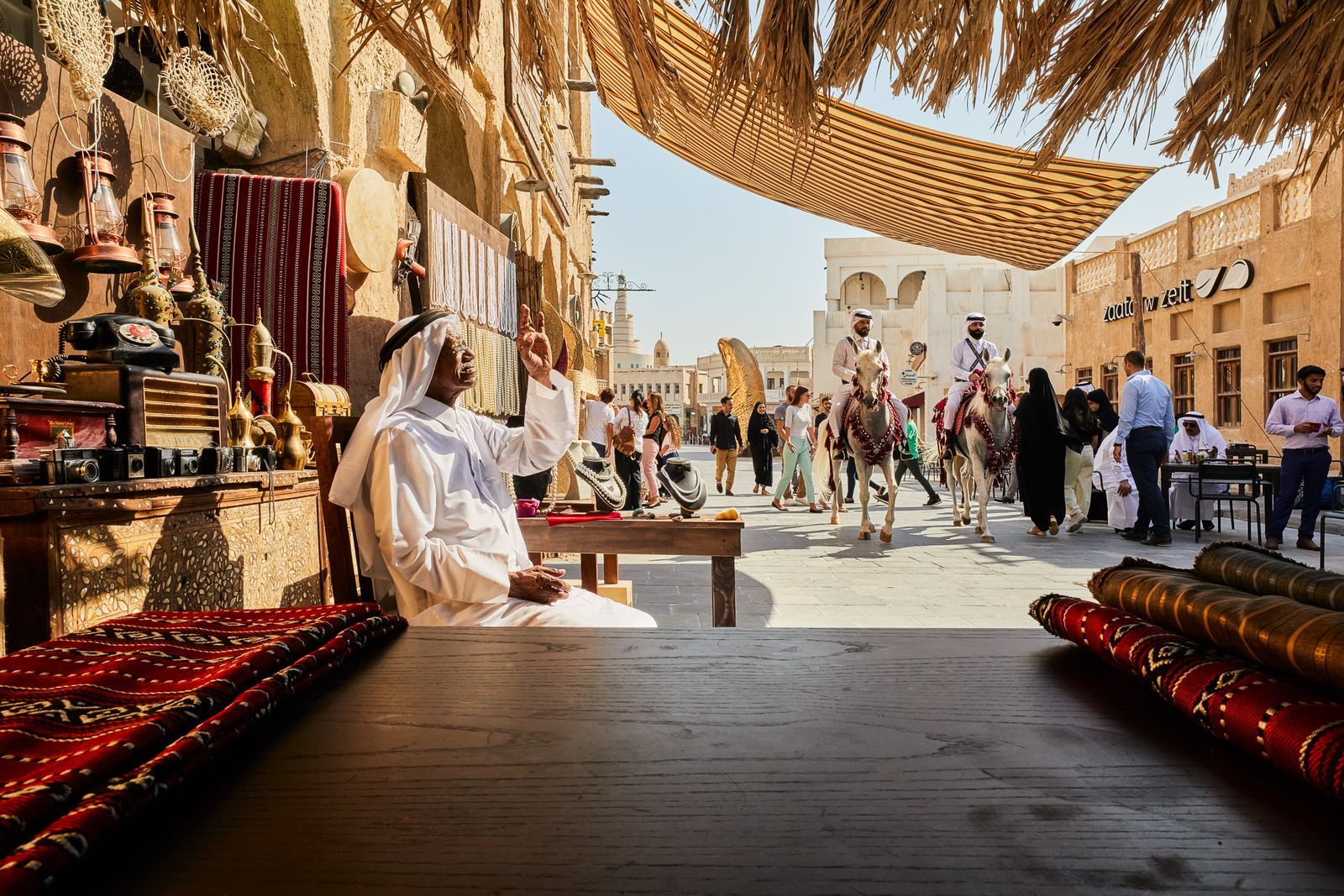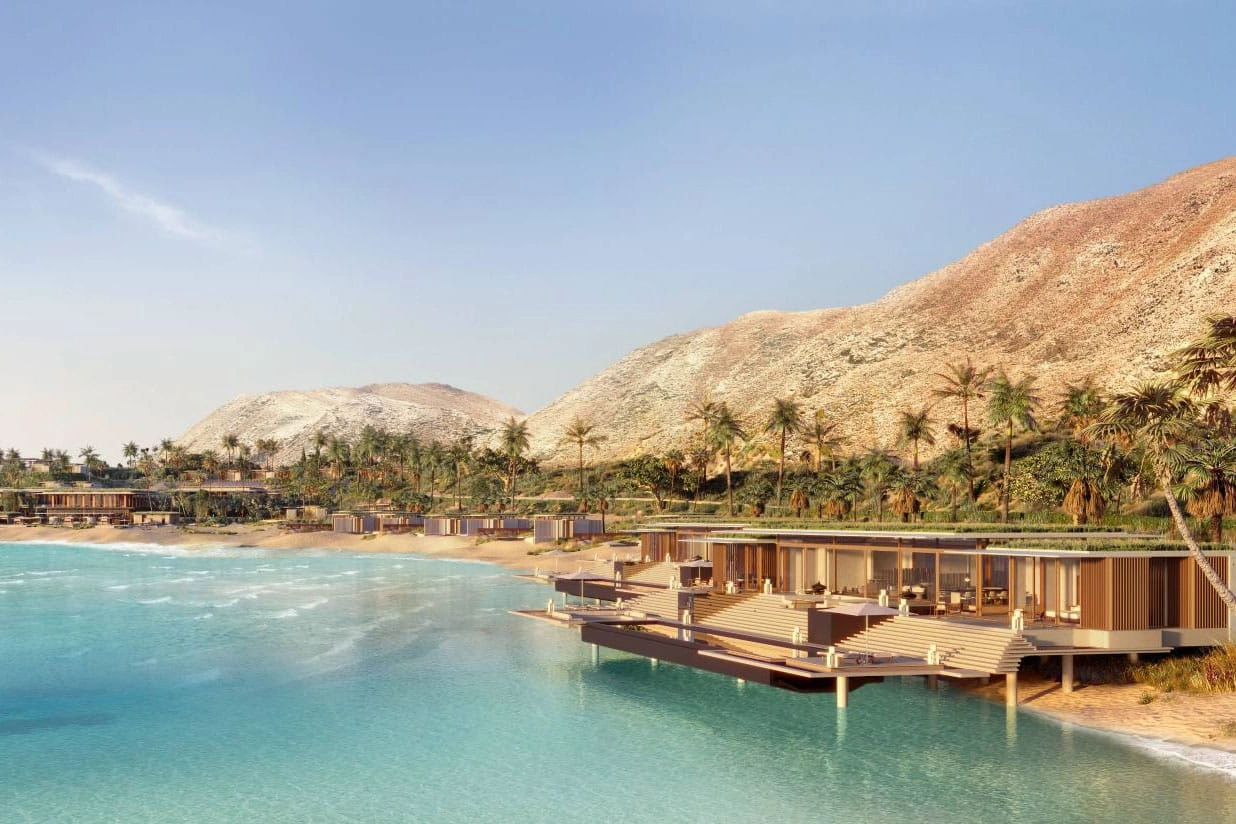Historical places of Madina
Saudi Arabia is a country rich in history, culture, and religious significance. Among its most historical cities, Madinah stands out as one of the holiest and most significant locations for Muslims. Known as the city of the Prophet Muhammad (PBUH), Madinah is home to many historical landmarks that attract millions of visitors each year. Additionally, nearby cities such as Taif and Jeddah also hold remarkable historical sites that offer a deep dive into the region’s past.
In this article, we will explore the most significant historical places in Madinah, along with notable sites in Taif and Jeddah that provide insight into the country’s rich heritage.
Discover Saudi Arabia’s rich heritage with The best tourism company to saudi arabia 2025 , vibrant cities, and stunning landscapes with opulens Luxury Vacation, perfect for cultural explorers.
opulens, Best Hajj and Umrah Site the first-ever official planning, booking and experience platform, to create your Hajj or Umrah itinerary to Makkah, Madinah, and beyond.
Table of Contents
Islamic Historical Places in Madinah

Madinah holds a special place in Islamic history, as it was the city where Prophet Muhammad (PBUH) migrated and established the first Islamic state. The city is home to numerous historical landmarks that provide insight into the early days of Islam.
1. Al-Masjid an-Nabawi (The Prophet’s Mosque)
One of the most important and revered sites in Islam, Al-Masjid an-Nabawi is the second holiest mosque after Masjid al-Haram in Makkah. It was built by Prophet Muhammad (PBUH) and serves as his final resting place. The mosque’s green dome, which marks the Prophet’s tomb, is one of the most recognized Islamic landmarks in the world.
2. Quba Mosque
Quba Mosque is the first mosque ever built in Islam. Located just outside Madinah, this mosque was established by the Prophet Muhammad (PBUH) upon his arrival in the city. According to Islamic tradition, performing two rak’ahs of prayer in Quba Mosque grants the reward of an entire Umrah.
3. Uhud Mountain and Martyrs’ Cemetery
The Battle of Uhud, one of the most significant battles in Islamic history, took place near this mountain. Visitors can explore the battlefield where the Prophet and his companions fought against the Quraysh. The nearby Martyrs’ Cemetery is where many companions of the Prophet (PBUH), including his uncle Hamza ibn Abdul-Muttalib, are buried.
4. The Seven Mosques (Sab’ah Masajid)
The Seven Mosques are a collection of small mosques built in honor of key locations from the Battle of the Trench (Ghazwat al-Khandaq). These mosques commemorate the strategic points where the Prophet and his companions defended Madinah against an invading army.
5. Jannat al-Baqi (Baqi Cemetery)
Jannat al-Baqi is the oldest and most significant Islamic cemetery, where many companions of the Prophet, his family members, and early Muslims are buried. Visiting this site provides a profound connection to the history of Islam and its early followers.
Historical Places in Taif
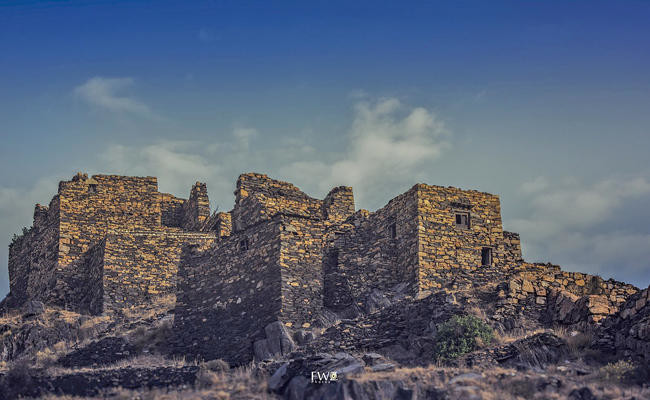
Located in the mountains of western Saudi Arabia, Taif is known for its pleasant climate, rich history, and cultural significance. The city has played an important role in Arabian history and is home to several notable historical sites.
1. Shubra Palace
Shubra Palace is one of the most famous historical landmarks in Taif. Built in the early 20th century, this stunning palace combines Islamic and Roman architectural styles. It once served as the residence of King Abdulaziz, the founder of modern Saudi Arabia. Today, it houses the Taif Regional Museum.
2. Al-Kateb and Al-Gadeer Houses
These traditional houses reflect Taif’s architectural heritage. They were once home to prominent traders and government officials and offer visitors a glimpse into the city’s past lifestyle.
3. Souq Okaz
Souq Okaz is an ancient market that dates back to pre-Islamic times. It was a major center for poetry, trade, and cultural exchange in the Arabian Peninsula. Today, the site has been revived as a cultural festival, celebrating Saudi heritage and traditions.
4. Al-Hada Mountain Road
This historic road connecting Taif to Makkah has been in use for centuries. The winding mountain path offers stunning views and was once a key route for Hajj pilgrims traveling to Makkah.
Historical Places in Jeddah

Jeddah, the gateway to Makkah, is a city rich in history and culture. As one of Saudi Arabia’s most significant coastal cities, Jeddah has been a hub for trade and Islamic heritage for centuries.
1. Al-Balad (The Old City)
Al-Balad, Jeddah’s historic district, is a UNESCO World Heritage Site. This area features traditional Hijazi architecture, ancient coral stone buildings, and bustling souks. It is home to landmarks such as Nassif House, which once hosted King Abdulaziz.
2. The Floating Mosque (Masjid Al-Rahma)
Built on the shores of the Red Sea, the Floating Mosque is an architectural marvel that appears to be floating on the water. It is a popular site for visitors due to its stunning design and serene ambiance.
3. The Gate of Makkah (Bab Makkah)
This historical gate was once the main entrance to Jeddah for pilgrims heading to Makkah. It is part of the old city walls that protected Jeddah from invaders.
4. Jeddah’s Historic Corniche
Jeddah’s Corniche has been a gathering place for centuries. It features old mosques, historical landmarks, and modern attractions, making it a must-visit destination for history enthusiasts.
Conclusion
Saudi Arabia’s historical cities—Madinah, Taif, and Jeddah—offer visitors a unique glimpse into the country’s rich past. From the revered sites of Madinah, where the Prophet Muhammad (PBUH) lived and preached, to the cultural heritage of Taif and the ancient trade hub of Jeddah, these historical places provide an enriching experience for travelers.
Whether you are visiting for religious purposes, historical exploration, or cultural appreciation, these destinations ensure a memorable journey through time.
For more information, contact us via WhatsApp now.



